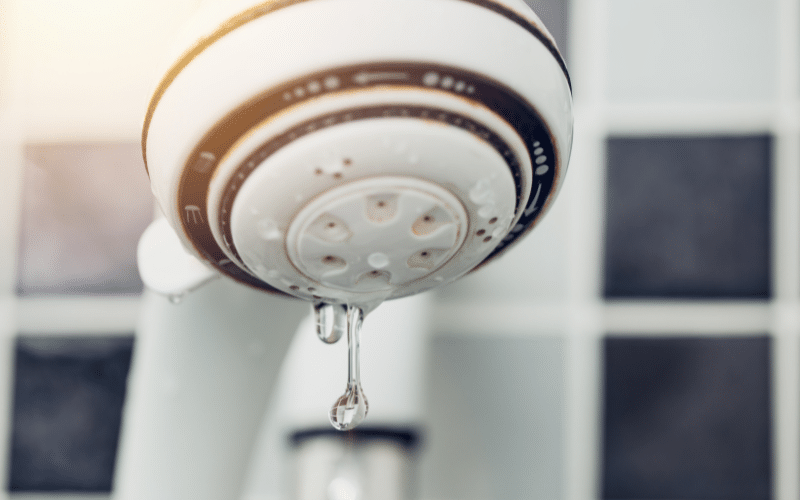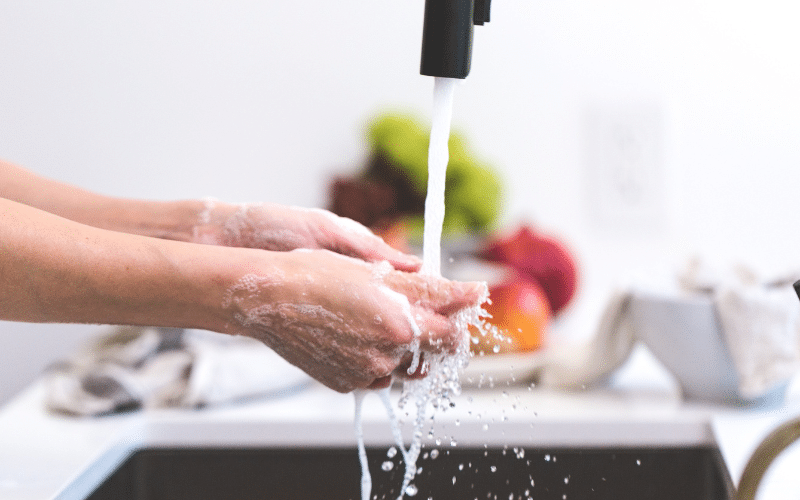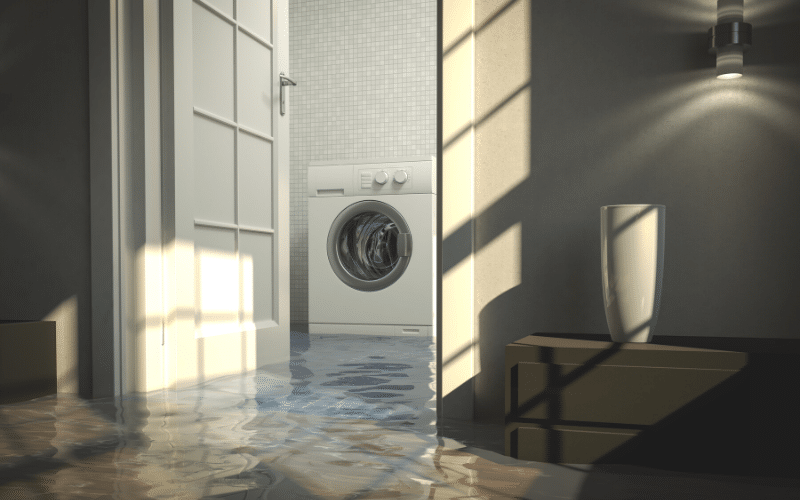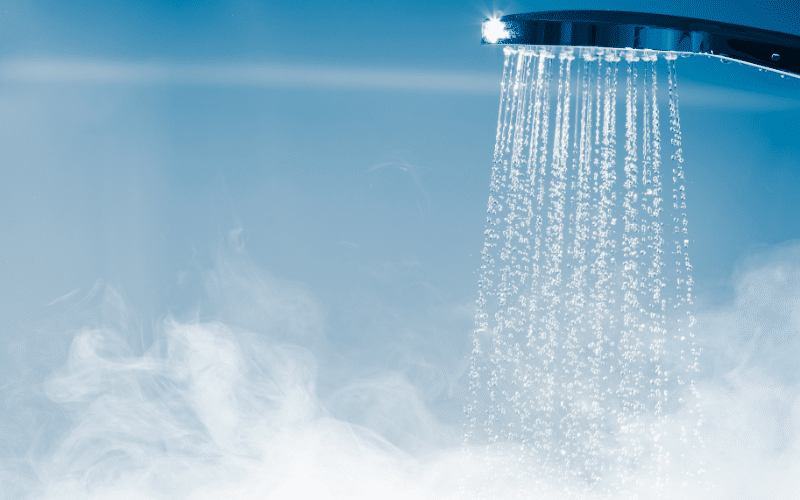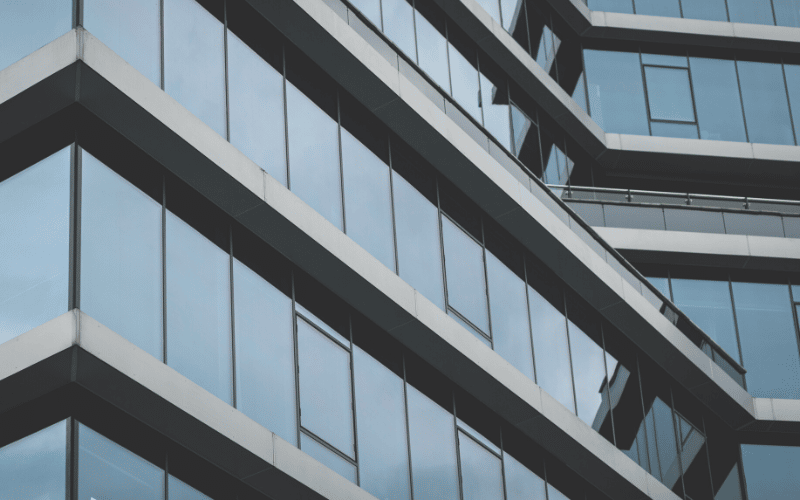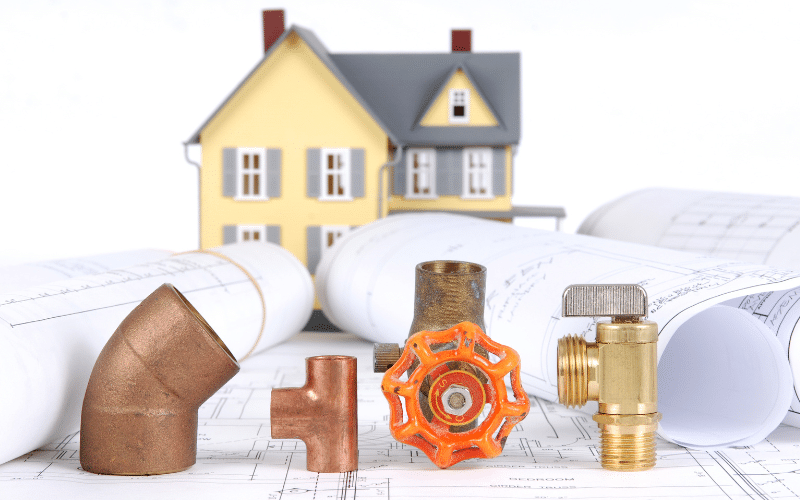6 Tips For Planning Your Plumbing For New Builds
6 Tips For Planning Your Plumbing For New Builds
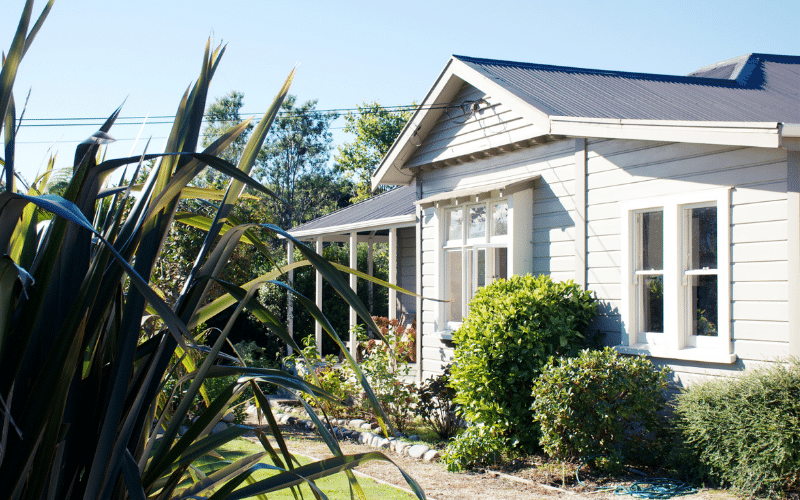
By Team Jamark Plumbing
When you’re planning to build a new home, you should plan it more than just the decorations. Although the details of your house are important, don’t forget about plumbing and HVAC before starting the construction process.
It can be stressful and troublesome to build a home without the right preparations. If a plumbing system is done poorly, it could lead to major water damage in the future. To avoid this, make sure your plumbing systems are well-planned and properly installed by a certified plumber.
1. Secure any Consents & Permits
Before you install a plumbing system, make sure to work with your local city council to obtain building consents and permits. It will take some time, but it’s important to make sure your home is complying with all the guidelines and safety requirements to keep you and your family safe. Having a permit for your new builds will also allow professional plumbers to check for any mistakes in your plumbing design, preventing errors and to give you peace of mind for the future.
2. Think About Your Plumbing Requirements
It’s best to plan your present and future plumbing needs in advance when designing a plumbing system. Decide where your drainage, water, and sewers will be fitted to ensure they are properly functioning. Make sure you plan for your future water needs by integrating them in your plumbing system now than later. This will not only prevent you from experiencing issues with leaks, but it will also save you thousands on repairs.
Outdoor plumbing, being something that is not often considered, but should be given some thought. Make sure there are enough outdoor plumbing faucet connections around your property, especially during different seasons. It is also important to think about the faucet connections in how they work and how durable they are in different seasons, especially during winter.
3. Streamline Your Plumbing System
When installing plumbing systems, it is important to fit everything in one place to make future maintenance and repairs more manageable. Some systems you should install together are:
- Water Softening Equipments
- Hot Water System
- Furnace
- Sewer Connection
- Sewage Waste Water System
- Sump Pump
If possible, you should set up your plumbing system in the basement, as it is the most convenient spot to put them without sacrificing convenience. Alternatively, you can choose a location located on the main floor, like an office or a utility closet.
4. Consider Water Softening Equipment
Since hard water is becoming more and more common, installing water softeners is often a good idea for your home. You should consider getting one even if you don’t have water issues now because it can be used to fight this type of problem before it becomes a serious issue. It will be challenging to install water softeners in the future, so if you’re building a new home now, have one installed. It can save you from having to install a softener later on.
5. List Down Every Room That Needs Water Access
When designing your property’s plumbing system, think about all the rooms that need water access. The common rooms that require water access are bathrooms, kitchens and the laundry area.
Consider these points when designing these rooms:
- Bathroom
Think about how many bathrooms you’ll need in your property. Will you need a guest room? Bathtub or showers? A spa area? It’s best to list them down and also consider what necessities such as toilets, sinks and other luxury items you’ll need in your new home.
- Kitchen
When designing a kitchen, consider which appliances will be needed. Think about the waterlines for your refrigerator, dishwasher, and sink.
- Laundry Area
Laundry area is crucial just as bathroom and kitchens as you’ll washing clothes, undergarments, bedsheets and much more often. Make sure your laundry area has a functional drainage line to prevent water overflowing on the floor when washing your apparels.
Apart from these rooms, you should also consider having a plumbing layout drawn out for things such as a garden, outdoor tub, and pool. While you might not be planning on any of these now, it can come in handy for future installations.
6. Have Accessible Main Water Shut-Off Valve
Just in case in the future your property overflows with water, you need to have an easier access to main water shut-off valve. Some people may prefer to place it in hard to reach areas, while others may prefer it with easier access. If you have an easier access to the main shut-off valve, you can quickly shut off the plumbing system during an emergency situation when leaks or pipe bursts. You’ll save thousands of dollars by preventing massive water damage to your property when you have easy access to the main water shut-off valve.
Overall
Remember, it can be expensive to install new plumbing systems in the future. Avoid the excessive spending by ensuring you install your current and future plumbing needs earlier when building your new home. Secure any council consents & permits, streamlined plumbing system, backup water softening equipments for the future. These simple to follow tips will help you design a well functional plumbing system in your new home that will last a long time.

